BEM/MRM 47
47th International Conference on Boundary Elements and other Mesh Reduction Methods
![]()
25-27 September 2024
Seville, Spain
Overview
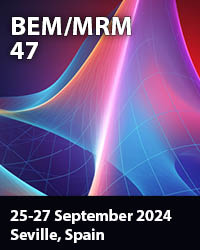
The 47th International Conference on Boundary Elements and other Mesh Reduction Methods took place in Seville, Spain. The Conference was organised by the Wessex Institute of Technology (WIT), UK, represented by its Academic Director, Dr Stavros Syngellakis and the University of Mississippi, USA, represented by Professor Alexander Cheng, who is also a member of WIT’s International Advisory Council.
Since 1978, this conference series has attracted high quality papers reporting further advances in techniques which reduce or eliminate the type of meshes associated with finite elements or finite differences, for instance.
The meeting welcomes all stakeholders interested in the methods and particularly the participation of young researchers. Their new contributions have been the principal reason why the conference has continued to evolve.
Opening of the Conference
The meeting was opened by Stavros who welcomed the delegates and pointed out that this well-established conference series acts as a forum to discuss new ideas and critically compare results before solutions and modelling tools are released to end users.
Stavros then gave a brief overview of the present WIT activities. He pointed out its origins in the pioneering work for the development of a new numerical technique, the boundary element method (BEM). This method was developed into a powerful analysis tool for the solution of critical industry problems. It is applied by itself or in combination with other analytical techniques to provide solutions against engineering failures such as, for instance, sea or atmospheric corrosion and fatigue fracture.
The scope of the institute was subsequently broadened to provide knowledge transfer opportunities in other science and engineering areas as well on the ecology and the environment. Conferences remain WIT’s main instrument for knowledge transfer; they provide opportunities for social interaction, establishing contacts, direct exchange of views, information and advice plus some enjoyable moments during social events such as the dinner and other organised activities.
The Institute also continues to organise short courses in a wide variety of topics. It welcomes proposals from academics and engineers, experts in almost any field who wish to disseminate their knowledge. Another way in which WIT achieves dissemination of knowledge is by the publication of papers from conferences through its publishing arm, WIT Press.
The institute, in partnership with other academic institutions, awards annually two medals to prominent scientists in their fields. The Green medal jointly awarded with the University of Mississippi and supported by Elsevier, to a person having made significant contributions to the development of the boundary element method. The Prigogine medal was instituted with the University of Siena to the memory of Ilya Prigogine, Nobel winner in Chemistry, pioneer in linking thermodynamics to ecological processes. It is awarded annually to a leading scientist in the field of ecological systems who has been deeply influenced by Prigogine’s work.
Professor Carlos Brebbia was the founder and embodiment of the institute until his death in 2018. He pioneered the development of the boundary elements as a powerful analytical tool. His passing away was a great loss to everyone working with him but also to the wider academic community. His memorial was attended by many friends, fellow academics most of them, who referred to his personality and his achievements.
George Green Medal Award
The 2024 medal was awarded to Leopold Škerget, Professor Emeritus at the University of Maribor, Slovenia.
The medal was presented to Professor Škerget by Professor Cheng who referred briefly to the life and work of George Green as well as the influence of his discoveries to the development of the boundary element method.
Professor Škerget delivered a special lecture entitled “Green’s functions in the boundary element method for fluid dynamics”.
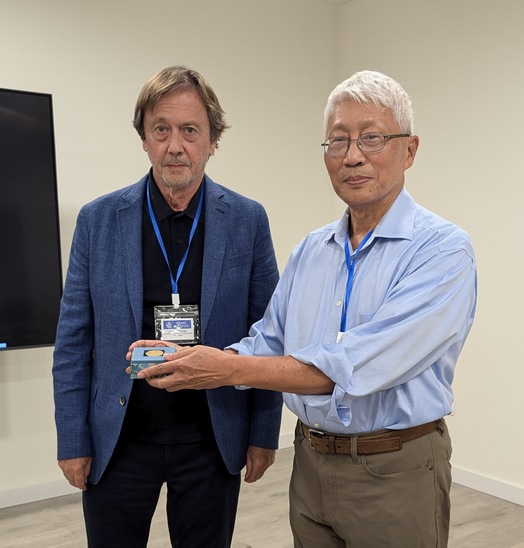
Invited Speakers
There were a series of invited lectures on advanced topics of research and applications, as follows:
- Generalized extended free element method for solving science and engineering problems, by Professor Xiao-Wei Gao, Dalian University of Technology, CHINA
- Acoustic wave scattering by null-thickness bodies with complex geometry, by Professor Antonio Tadeu, Itecons-University of Coimbra, PORTUGAL
- Node location optimization and inquiry into geometry-preserving versus isoparametric formulation in the collocation boundary element method, by Professor Ney Dumont, Pontifical Catholic University of Rio de Janeiro, BRAZIL
- Local moving least squares method for granular debris flow, by Dr Juraj Muzik, University of Zilina, SLOVAKIA
- High-accurate approach for repeated integrals calculation from double layer potential with piecewise-constant density over triangular panels, by Dr Ilia Marchevsky Bauman, Moscow State Technical University, RUSSIA
A number of themes were pursued by the contributors to this conference. These include:
Advanced formulations, advanced meshless methods, solid mechanics applications, other computational methods, fluid flow modelling, multiscale problems.
There were many occasions for holding informal discussions during the coffee breaks and the complimentary lunches provided.
Conference Publication
Papers presented at this conference will appear in Vol. 136 of the WIT Transactions on Engineering Sciences (ISSN 1743-3533). Papers presented at the meeting will be available Open Access in the eLibrary of the Wessex Institute (https://www.witpress.com/elibrary) from where they can be freely downloaded by any interested parties.
Conference Dinner
The Conference dinner took place at Restaurant Los Seises Seville set in a restored 16th-century palace in the old city of Seville. The participants could enjoy the best contemporary Andalusian cuisine, including an exceptional range of traditional starters. The restaurant offered beautiful views over the Seville Cathedral from its rooftop terrace. The evening was particularly appreciated by the participants.
Closing of the Conference
The conference was closed by Professor Cheng, who thanked the delegates for attending and hoped that they would consider attending the next conference in the series.

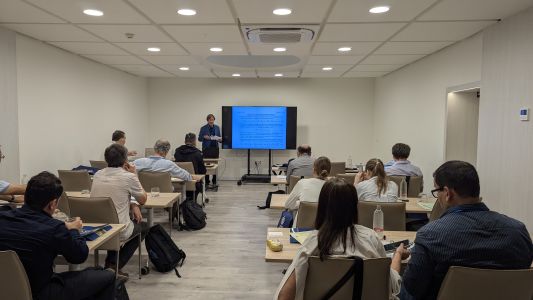
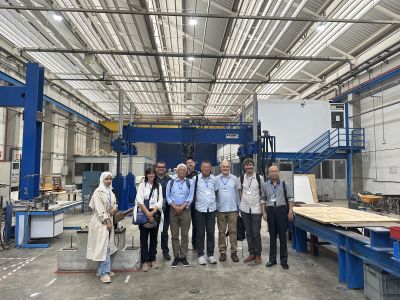
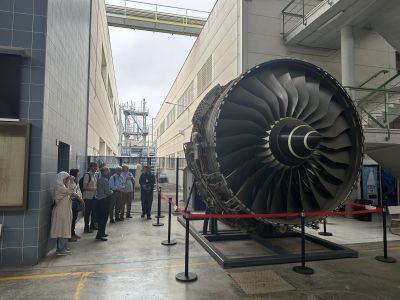
 Wessex Institute
Wessex Institute